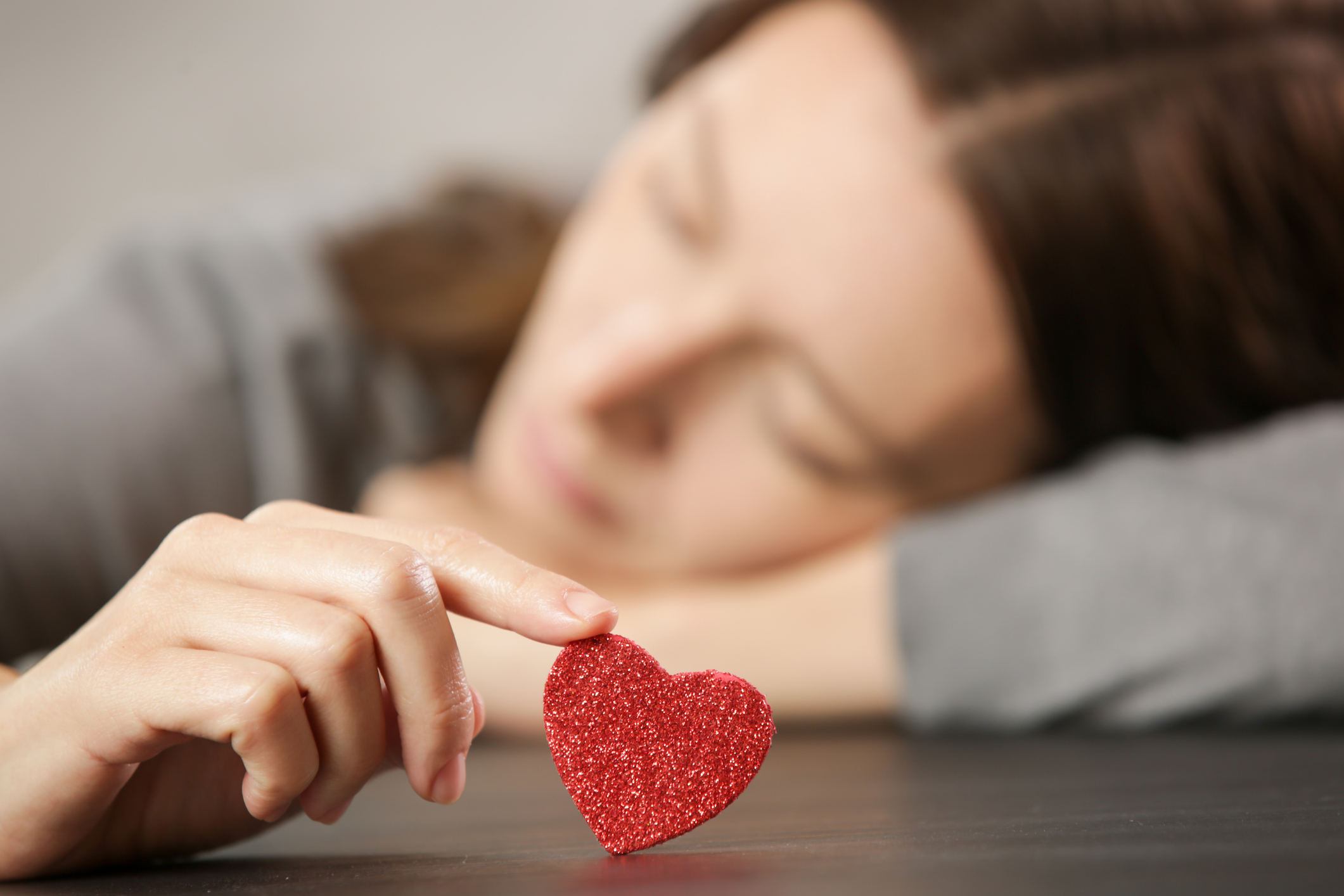Understanding Self-Injury: Causes and Warning Signs
February 26, 2021
Tags:
Self-Harm Among Teenagers Is More Common Than You Think
There’s no doubt about it – the teenage years can be difficult for everyone. However, sometimes parents realize that the moodiness associated with coming of age may be more than just the typical teen angst, and it’s particularly alarming for those that discover their children have also been intentionally harming themselves.
Self-harm, also known as non-suicidal self-injury, is unfortunately more common that you might think. One recent study suggests that as many as one in five children between 10 and 18 years old are engaging in intentional self-harm, such as cutting, burning, or hitting themselves. But why would that be? And as a parent, how can you stop it?
Why would my teenager intentionally hurt themselves?
This type of behavior understandably baffles most parents. They often wonder if self-injury means their child is suicidal. Typically, people who self-harm do so as a way of alleviating some emotional distress they are experiencing by channeling their internal pain into external pain. Some teenagers report feeling so emotionally numb that the pain can be a mechanism to elicit feeling anything at all. For others, physical pain is a distraction from their emotional turmoil, and for all children, it’s a cry for help.
While there may be several underlying reasons for this type of behavior, one thing is consistent: it’s always a sign that your child needs professional help. Self-harm is a high-risk behavior that if unaddressed can result in permanent scarring, disfigurement, and accidental death.
What can I do if I suspect my teenager is injuring themselves on purpose?
First, you can know the signs to look for. These include:
- Suspicious/unexplainable cuts, wounds, or scars
- Multiple wounds in the same place on your child’s body
- Collecting or frequently carrying lighters or sharp tools such as razors, nail clippers, safety pins
- Wearing long-sleeved shirts in warm weather
- Wearing a lot of band aids
- Bloody tissues or bandages hidden at the bottom of trash cans
- Spending time isolated in their room
- Refusing to let you see their arms, legs, or other parts of the body that are normally exposed
If you notice these behaviors, it’s time to have a psychological assessment to ensure your child receives the help needed. Start with a call to Carrollton Springs, which successfully treats many adolescents for this specific issue. They will help put you on the right path for your child’s health and recovery.
What can I expect in treatment?
After an assessment by a licensed clinician, your child will be recommended care based on identified clinical needs, which may be an outpatient therapy program. In these programs, kids take part in group talk therapy, family sessions, and individual counseling, when needed. Ask about virtual therapy that makes mental health care possible without sacrificing school work. Prior to completion of therapy, your child’s care team will work with you to coordinate an effective aftercare plan for continuation of necessary mental health maintenance care.
There’s hope. There’s help.
Delivering exceptional mental health care that changes people’s lives is our mission and what we do every day. Call now to schedule an appointment and discover the path to better mental health for your child.





